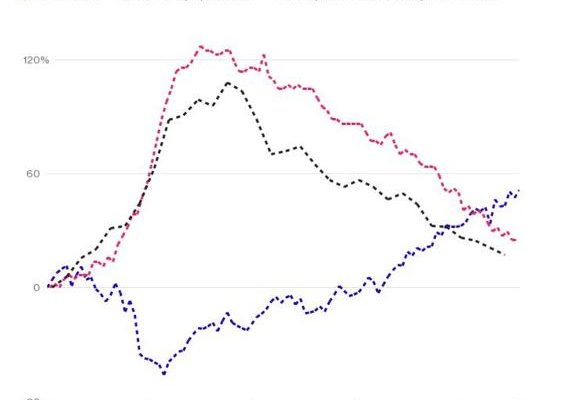There’s a journalistic sub-genre that might be called “The Highest/Lowest Since XXX,†in which a reporter takes a current statistic and illustrates (often with snazzy charts) how it hasn’t been this high or low since some date in the distant past. This is a compelling theme, implying as it does that the connection between now and then makes the current situation more important or meaningful while providing context with which to judge current trends.
Unfortunately, these articles often miss the point of the whole context thing by not exploring what subsequently happened last time the stat in question hit that level. Here’s a good recent example from Bloomberg:
For the First Time Since 2007, Most Americans Feel Good About Money
For the first time since 2007, more than half of Americans, 52 percent, say their financial situation is “getting better,†a new Gallup poll shows. That’s up from a low of 29 percent three years ago.
A third of Americans still say their finances are getting worse, Gallup says. But that’s a big improvement from the poll’s 2008 peak, when 49 percent of respondents said things were going south.
Millennials are the most optimistic of any group in the survey. Seventy percent of 18-to-29-year-olds say their financial picture is improving, up from 60 percent last year. Meanwhile, just 33 percent of those 65-plus are feeling better.
Not surprisingly, the wealthier you are, the better you feel. Of those making $75,000 or more, 65 percent say they’re doing better. For those earning less than $20,000, the number is 36 percent, though that’s up 7 points from last year.
The reasons for the improving mood include a rising stock market, falling debt levels, and a better job market.
What’s amazing about this article from an analytical standpoint is that while mentions in passing that the 2007 high in good feelings was followed by a low in 2008, it doesn’t connect the two numbers. This, it would seem, is the key piece of the puzzle: if the stat matters enough to be article-worthy, then a discussion of why it matters should be mandatory. And if its previous high was followed by a catastrophic low, the reason for this reversal should be the story’s narrative center.


